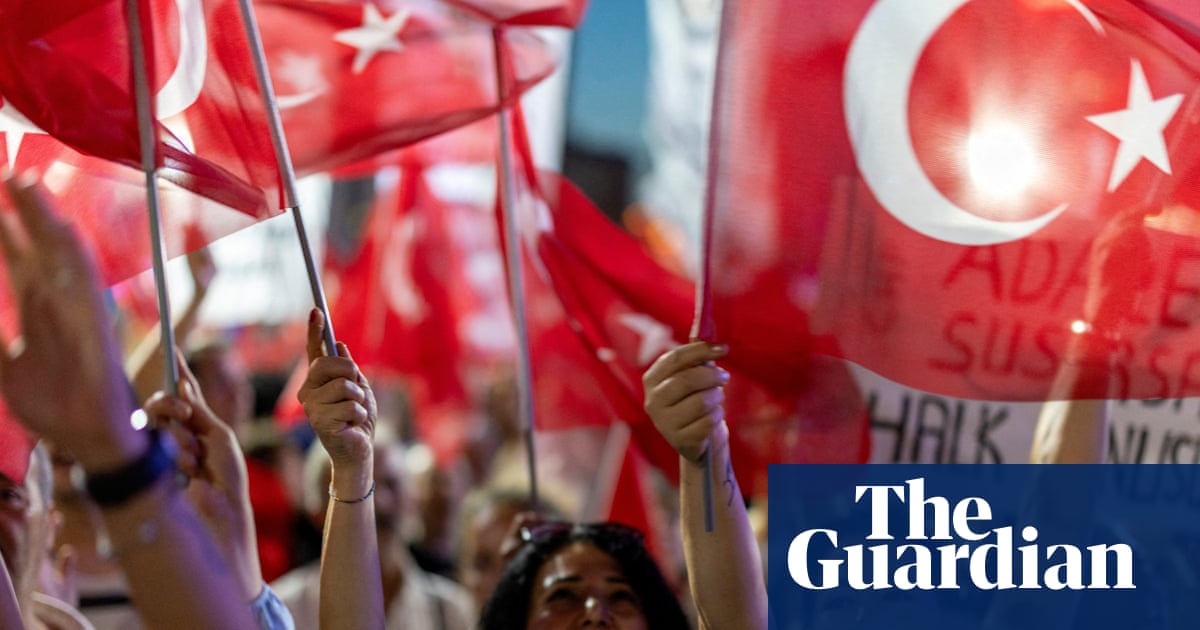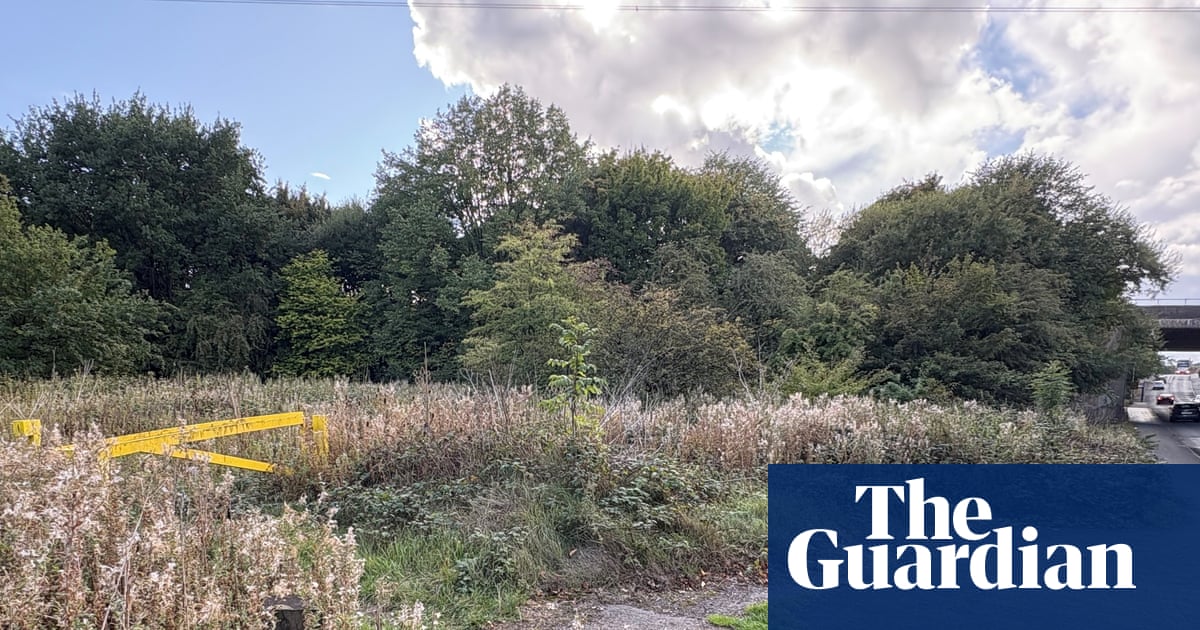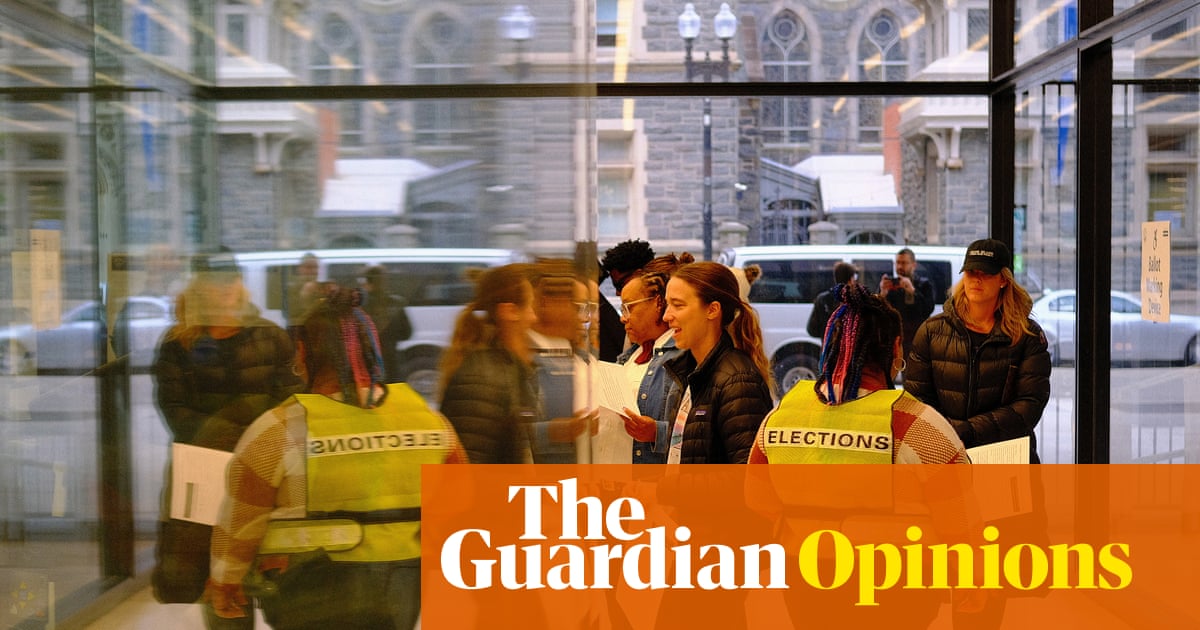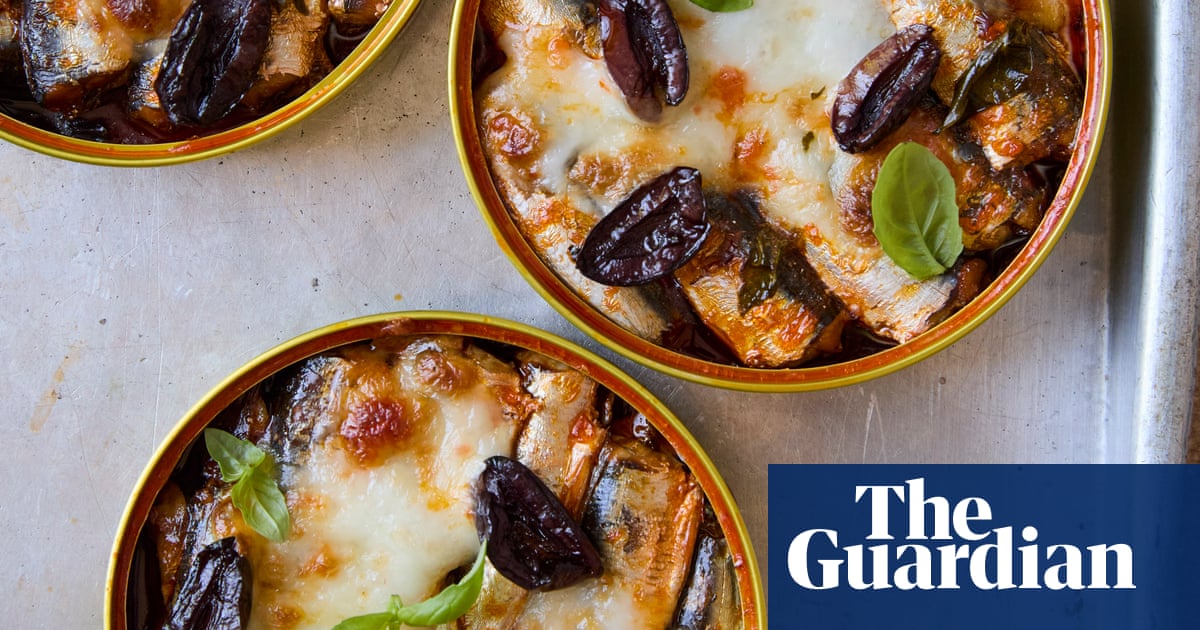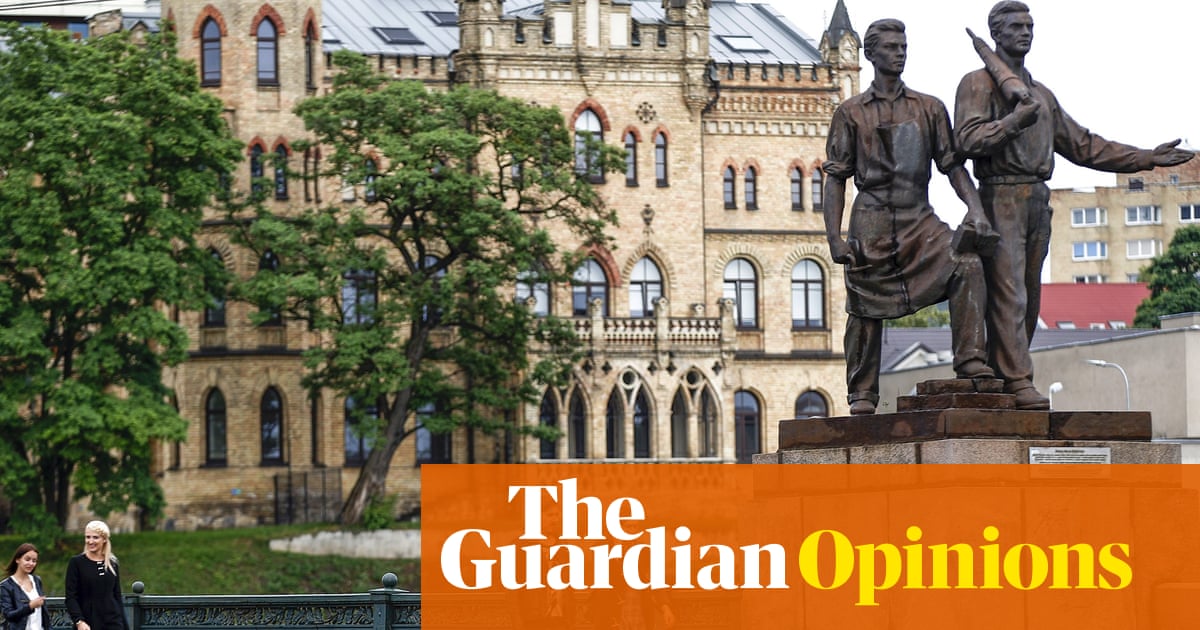Riga, Latvia
Quite why the Latvian capital remains so under the radar is a mystery; the cobbled streets of the Vecrīga (old town) and the elegant art nouveau architecture make it one of the most beautiful cities in eastern Europe. Long summer evenings, with temperatures rarely topping 30C, form the backdrop for rooftop bars thrumming with live DJs, as well as alfresco concerts in leafy parks, while the beautiful sandy beaches of seaside Jūrmala are just a half-hour bus ride away.
Any visit should begin with a wander along the banks of the city canal and down Alberta Street, lined with ornate art nouveau mansions. Stop to refuel at the sprawling Central Market, housed in five former German Zeppelin hangars, offering dozens of local cheeses, smoked meats and classic dark rye breads – perfect sandwich fare.
The streets kick into life in summer, with free weekly concerts on Wednesday nights in Dzegužkalns park and in the Vērmanes gardens on Fridays in August, while jazz and world music fans should visit between 2 and 5 July for the Rīgas Ritmi music festival.
Where to stay Behind an art nouveau frontage, Hotel Neiburgs (from €114 B&B) combines the flexibility of self-catering apartments with hotel add-ons such as an excellent restaurant, fitness room and small spa.
Antwerp, Belgium

Anyone who thinks Belgium is a bit boring has never been to Antwerp – an artsy, quirky city packed with cocktail bars, coffee shops and independent art galleries that sparks into alfresco life in summer. On sunny weekends, Sint-Anneke beach (on the left bank of the River Scheldt) fills up with locals dipping their toes in the water and lunching on mussels at one of the many bistros that line the riverbank. Parks and open spaces become venues for street theatre, circus acts and open-air cinema, particularly during the Zomer van Antwerpen arts festival (19 June to 31 August).
To get an idea of the city’s rich history, visit MAS, an architecturally striking museum on the river, with each floor charting Antwerp’s history as a global trading port, topped with a huge rooftop terrace that gives spectacular 360-degree views.
Antwerp runs on its stomach, with microbreweries, chocolate shops and moules frites on every corner. The latest addition is Wolf, a food market with 10 restaurants. Pick up a picnic to eat in the gardens of Middelheim Museum’s world-class sculpture park. It features six zones exploring the relationship between humans and nature through abstract installations and strikingly innovative pieces, such as Erwin Vurm’s boat curving off a jetty, Misconceivable.
Where to stay In the historic centre, Hotel Matelote (from €115 B&B) features chic, minimalist design within the framework of two 16th-century buildings.
Bolzano, Italy
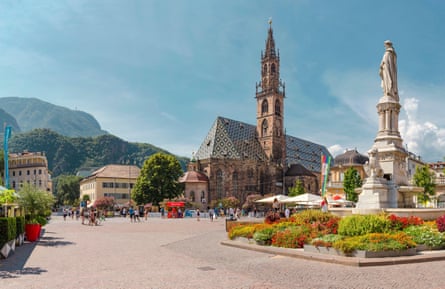
The capital of the South Tyrol – a fusion of Germanic architecture and history with Italian culture and food, set among the spectacular peaks of the Dolomites – is a gem. Surrounded by vineyards and lush mountain plateaux, it has one of the best summer music scenes in Europe. Jazz fans should visit between 27 June and 6 July, when the Südtyrol jazz festival offers more than 50 concerts across the region, while the Bolzano Festival Bozen (5 August-7 September) is a treat for classical music lovers, with performances held in some of the city’s most beautiful buildings, including Dominican cloisters and the 13th-century Castel Mareccio.
Most visitors to Bolzano head out to explore the spectacular scenery – at its loveliest in the summer months – either on foot along the city’s greenways or by taking a cable car up to the Ritten plateau. The Guncina Promenade is a 2.8-mile (4.5km) walk from the centre of the city out into the hills, with lovely views back across the skyline, while hiking trails unfold from the 1,227-metre high cable station at Oberbozen, along with the South Tyrol’s only surviving narrow-gauge railway. The big historic draw in Bolzano is Ötzi, a 5,300-year-old mummified iceman found by hikers in 1991 and sensitively displayed at the South Tyrol Museum of Archaeology.
Where to stay Goldenstern Townhouse (doubles from €149 room-only) is set in the city’s medieval arcades and makes a wonderful base.
after newsletter promotion
Gothenburg, Sweden

As summer temperatures soar in the Med, Scandi cities look increasingly enticing, and nowhere more so than Gothenburg on Sweden’s west coast. Näsetbadet and Askimsbadet beaches are short bus rides away, while a tram to the ferry port opens up the tranquil waters, unspoilt villages and long sandy beaches of the Gothenburg archipelago. Explore by kayak or island-hop by ferry, with the waterside deck at Tullhuset restaurant on Hönö island a great spot for a seafood lunch, before a paddle on the long stretch of sandy shoreline on Rivö island.
Gothenburg is famed for its oysters and seafood, best sampled at Feskekörka, the city’s waterfront fish market hall, which houses a clutch of excellent restaurants and a sunlit outdoor terrace. The city also has a centuries-long history of craft brewing and 40 independent breweries, many with tap rooms and restaurants. Sink a couple at Poppels Citybryggeri, or try the innovative brews at Sad Robot, open on Friday and Saturday nights.
Need to clear a thick head? Dip into the city’s sauna culture, spanning everything from a free public sauna in Jubilee Park to Dyrön electric sauna, a short boat ride from the city, with a spectacular three-mile hiking trail from the door.
Where to stay Hotel Bellora (from 806 krona/£62 B&B) is a slick boutique affair with one of the city’s best rooftop bars.
Geneva, Switzerland

Geneva is far more than a gateway to the Alps, and in summer has a laid-back, beachy feel, with a dollop of Swiss style thrown in. Popular spots for a swim include the artificial beach at Eaux-Vives on Lake Geneva (including a doughnut-shaped overwater deck and central pool), the floating “beach platform” at the Quai de Cologny and the Genève-Plage, where all manner of watersports, from yachting to paddleboarding, are on offer alongside a straightforward dip.
A great choice for vinophiles, the lattice of streets in the Vieille Ville (old town) are dotted with wine bars, from sleekly modern Soul Wines to the more traditional Vino Olio Caffe. Most roads lead to the Cathédrale Saint-Pierre, where the imposing vaulted exterior is a precursor to the spectacular lake views from its towers. After sightseeing, there’s plenty more to enjoy; truffle out vintage finds at the Plainpalais flea market (Wednesdays and Saturdays), learn about the city’s watchmaking history at the Patek Philippe museum, or soak up live music at the Genève-Plage with three nights of alfresco performances at the Orchestre de la Suisse Romande festival (21-23 August).
It’s a pleasingly indulgent city, too, filled with fromageries and farmers’ markets (the best are at the Plainpalais on Sunday, Tuesday and Thursday and Eaux-Vives on Wednesday and Saturday). For the ultimate treat, snag a table at Le Gruyérien for fondue, best worked off with a hike across the green slopes of Mont Salève – just a five-minute cable-car ride from the city.
Where to stay In a city of ruinously pricey hotels, the Tiffany by Fassbind (from 122 Swiss francs/£109 room-only) is a relative steal, tucked away on a quiet street in the Les Bains neighbourhood with a chic terrace restaurant.
Accommodation prices correct at time of going to press. These are the lowest available rates for July/August

 2 months ago
77
2 months ago
77









